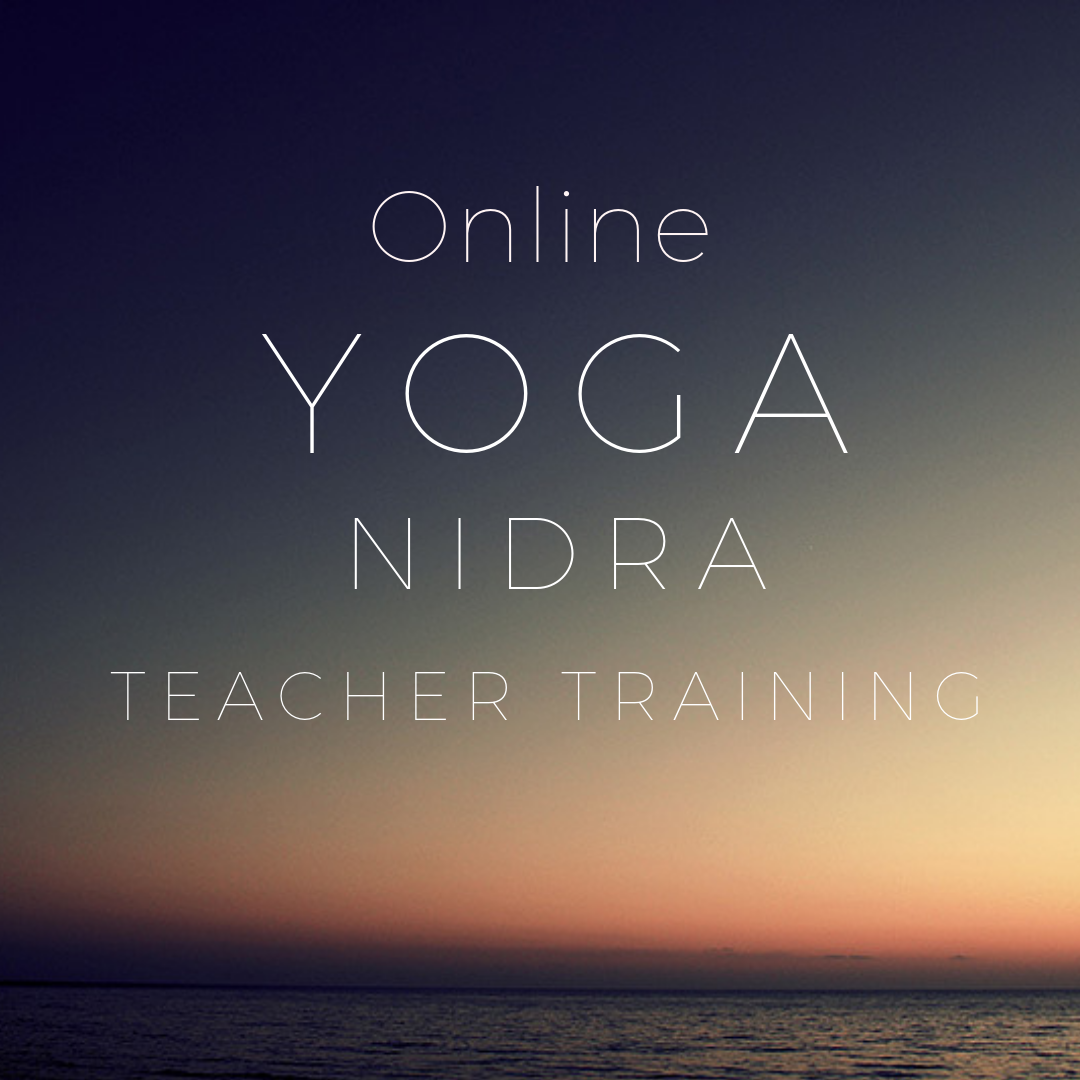How does yoga, Yoga Nidra, and meditation help us learn to see and understand ourselves?
Master teacher and author Donna Farhi wrote in her book, Bringing Yoga to Life: The Everyday Practice of Enlightened Living
One of the most devastating consequences of skewed perception is the longing that grows in us for someone to see us as we really are. We long to have someone, somewhere, even for a moment, really see us. When someone sees the “us” that is our essence, we say that we feel loved. My teacher taught that the primary thing to learn is how to be this loving, accepting presence. . . . When this longing to be seen by another is great, we become susceptible to chronic manipulation of our image. We may continually rearrange and reinvent ourselves in the hope that this new rendition will please our audience. Instead of being present, we perform. (pp. 179–80)
In Clear Mind, Wild Heart Poet David Whyte says, “To be constantly explaining who you are is a gospel of despair.” He further invites us to simply be ourselves and in so doing give permission to all around us to do likewise.
In yoga, Yoga Nidra , and meditation we practice self-witnessing as we breathe, move through poses, and become mindful. Without this self-witness you can’t understand the real you. No amount of exposure or popularity, no amount of others seeing or perceiving you will compensate for the lack of knowing yourself. It’s the paradox of rock stars: so popular but often feeling so lonely. A friend once told me, “ It’s as if in our quest to experience and really discover/remember who we are, we feel like being seen by others is synonymous to being. There must be something there to see, right?”
But being witnessed isn’t witnessing. Yoga philosophy suggests that who we are fundamentally is the ability to truly witness ourselves.
Yoga Nidra is perhaps my favorite way of seeing the part of me that never changes, the part that just is. Yoga Nidra is one of my favorite ways of practicing just BEING. Yoga Nidra is a method of self-inquiry that helps you to practice simply witnessing all the things that you are aware of as the first step to learning to illuminate Awareness itself. In Yoga Nidra philosophy (tantra) you’re true being is Awareness.
“Thanks, Mr. Oblique Yoga Philosophy Guy. That’s some awesome yoga thought but give me some real-life ways to relate that to getting up in the morning and facing another day of work and family and the every-day.”
Well, the easiest way to apply this is to just pay attention to your life. What does it feel like to sit in a warm shower and let the water flow over your skin? What do the blossoms smell like when you walk down the sidewalk? What does your breakfast taste like? What does it feel like when your boss walks by? Yoga practice is simply a condensed and refined way of paying close attention.
Besides yoga makes us feel great, helps us have a healthy body, calm mind, and open heart. Here’s the deal: once we start practicing this self-witnessing business in yoga, we won’t stop at Namaste. We’ll be feeling our hamstrings in practice one night, and wake up extremely aware of the way the shower feels or maybe start to see the deep feelings in your heart. These are the most real ways of just being. The deeper we pay attention, the more we notice what’s behind the surface, what’s animating the outer form, what’s sensing, what’s seeing. Eventually, with practice, we become more and more familiar with this Inner Self. What’s amazing is how this knowledge of our inner-self gives us amazing confidence to just be. We stop trying to produce the image of ourselves, and we just be ourselves.
It reminds me of tales of Mark Twain. Often when he delivered lectures, like one would expect he would walk out on stage the crowd would applaud and then quiet down listening intently for what he would say. But what people didn’t expect is that often, Mark Twain wouldn’t start talking right away. He’d stand there in front of a packed auditorium and stare down the audience. Each second that passed wound the tension tighter and tighter. One man looking at thousands. He didn’t have to perform. He didn’t have to say anything. He was Mark-Freegin’-Twain! Finally, when the tension became almost unbearable, he would say but one word and have the entire audience in his hands. Now that’s presence!
Writers and poets, yogis and meditators all have one crucial thing in common: they’ve developed a keen attention to themselves and the world around them.
May you practice some of this self-witnessing in whatever form you love to be present.
Maybe this is what John Lennon meant when he sang ,“Let it be.”


